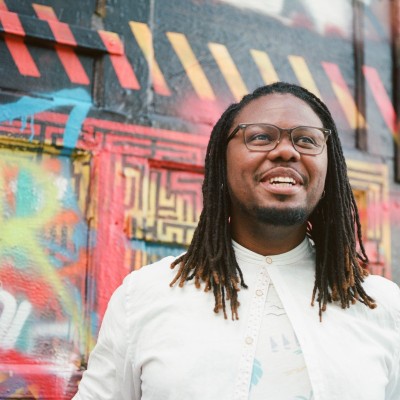The COVID-19 pandemic revealed widespread racial disparities across the United States that go far beyond health inequality. In addition to higher hospitalization rates and deaths due to COVID-19 than White adults, Black Americans have suffered more from the pandemic’s economic impacts, losing wages, jobs, businesses, and even their homes. Education is no exception.
The rapid shift from in-person classes to online learning caught many universities flat-footed, but it also forced them to adapt in ways that may become permanent. In recent decades, higher education as a whole has largely failed to modernize the way it delivers education to accommodate a rapidly changing and increasingly diverse student population.
Non-traditional students, which include people over 25 and parents, now make up 75 percent of those enrolling in college courses. Many of these non-traditional students maintain full-time or part-time jobs to support themselves and their families while balancing coursework. These students have also been predominantly people of color.
As a result of the pandemic, virtual learning tools that have often been a resource for non-traditional students have now become commonplace at the college level. This shift to virtual learning over the last two years provides us an opportunity to build and expand our infrastructure to meet our diverse student population’s needs and to reach even more people.
This is a moment to rethink how we change our pedagogy and educational practices in order to meet our student’s needs, particularly those who have been historically left behind. In doing so, we can address racial disparities in education, allowing us to radically expand opportunities to serve more racially, ethnically, and economically diverse people.
As part of this rethinking, higher learning institutions must also invest in online tools, resources, and support services to ensure equity for all students, specifically those students who do not have the privilege to attend a traditional four-year institution because of the skyrocketing costs over the past 20 years.
Apart from support institutions can put in place, there are many online tools like Quizlet and YouTube that are available to help all students supplement traditional learning methods, especially as higher education modernizes and adapts to its new realities. The past 18 months have shown the value of these supplemental tools as students were disconnected from many learning and studying methods, and in many cases isolated from their institutions, teachers, and fellow students.
As we return to in-person learning, we must remember there is no going back to normal. Students will continue to need additional support outside of the formal educational structure to supplement their learning. Non-traditional students will continue to need access to supplementary learning tools and technological support outside of the classroom because COVID-19 has devastated families’ income and therefore must work longer hours to survive.
Now it is worth noting that some of my colleagues at the college level may inaccurately assume students are just using these new online resources to cheat and many discourage their use. However, I believe we need to not only interrupt that deficient-based perspective but that we must also examine the use of these new technologies with an equity lens to see how those tools help close educational gaps in this country. Using resources like Chegg or Brainly to supplement one’s learning should not be seen as anything other than a resourceful student using all available resources to accelerate their learning. Any learning tool can be misused and abused, but we must be careful not to wholesale dismiss their power to eradicate educational disparities when they are used correctly, responsibly, and ethically.
This is a moment to re-imagine our educational system, to leverage new tools to modernize it for the future, and ensure we eradicate racial disparities deeply embedded within our educational institutions. The benefits of advanced education are well-documented. Unfortunately, those benefits are not equal across the board. Students of color and non-traditional students do not share the same rewards or benefits. We must make changes to ensure historically marginalized communities have equal access to a transformational educational experience that prepares them to be democratically engaged global citizens while also ensuring a vibrant financial future. We need to reimagine our higher


